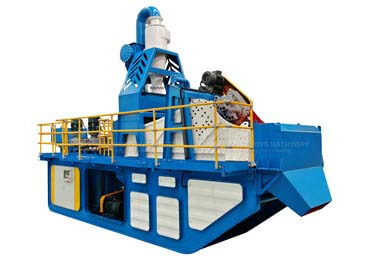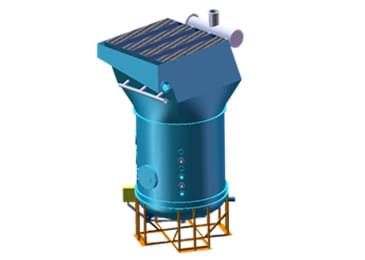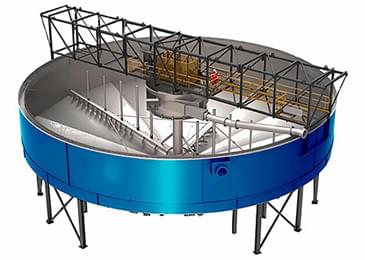Practical application of selective screening for recovery of clean coal and slime
2021-11-04
The practical application of the selective screening of clean coal slime recovery has played a key role in many coal plants. The clean coal slime screening test is a basic method to determine the particle size, composition, and quality of each particle size. Through the screening test, it is possible to understand the lump generation rate of various production coal seams and the quality characteristics of different particle size coals. The obtained screening data is an important basis for the rational use of coal and the formulation of coal product quality standards.
The dewatering screen in the selective screening of clean coal slime recovery adopts dual-motor self-synchronization technology, universal eccentric block, and adjustable amplitude vibrator. It is mainly composed of a screen box, vibration exciter, supporting system, and motor. Two unconnected vibrators are driven by belt couplings for synchronous and reverse operation. The centrifugal force generated by the two groups of eccentric masses is superimposed along the vibration direction, and the reverse centrifugal offset is offset, thus forming a single excited vibration along the vibration direction. , Make the screen box do reciprocating linear motion.
Usually, coal plants will carry out selective screening with linear dewatering screens. Selective screening refers to the screening of coal not only according to particle size but also according to quality during the screening process. For example, in high-sulfur coal containing pyrite sulfur, most of the sulfur is concentrated in the large coal, and the sulfur can be removed by sieving. For another example, in some mining areas, the ash content of the fine coal is low while the ash content of the large coal is relatively high. The large lumps are separated by a screening machine, which can improve the quality of the fine coal by 1 to 2 levels. Conversely, the ash content of fine coal in some mining areas is higher than that of large lump coal, and screening can improve the quality of lump coal. For another example, due to the large difference in hardness between coal and gangue, the use of a drum crusher for crushing and screening can also achieve separation by quality.
After screening, there will be the formation of slime tailings. At this time, slime recovery operations are required. At this time, screening is used to recover slime, which is used for dewatering slime and tailings. For example: used for simple jigging coal washing (without flotation system) cleaned coal dewatering screen water or cleaned coal fishing pit overflow slime recovery, to reduce the area of the sedimentation tank. Used for the recovery of coarse slime from clean coal dewatering screen water in a jig coal washing plant with a flotation system. The slime on the screen can be directly mixed into the clean coal, and the water under the screen enters the flotation system, which can reduce the amount of slime in the flotation system. . It is used for the recovery of tailings slime from heavy-medium coal separation, clean coal, and magnetic separation. The slime on the screen can be directly mixed into the cleaned coal, simplifying the processing system. It is used for the recovery of coarse slime from the underflow of the thickener, which can reduce the burden of the filter press.
In the practical application of selective screening for the recovery of clean coal and slime, each type of screening has different working principles and tasks. I hope everyone must fully understand the knowledge of the product when buying a vibrating screen or a dewatering screen. Each screening is different, and you must prescribe the right medicine when you buy it. See which one you need, and then tell the manufacturer, who will help you choose a suitable dewatering screen. Do you have any doubts about the above types of screening operations? If you have any, you can contact us.








